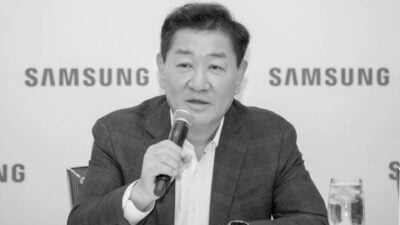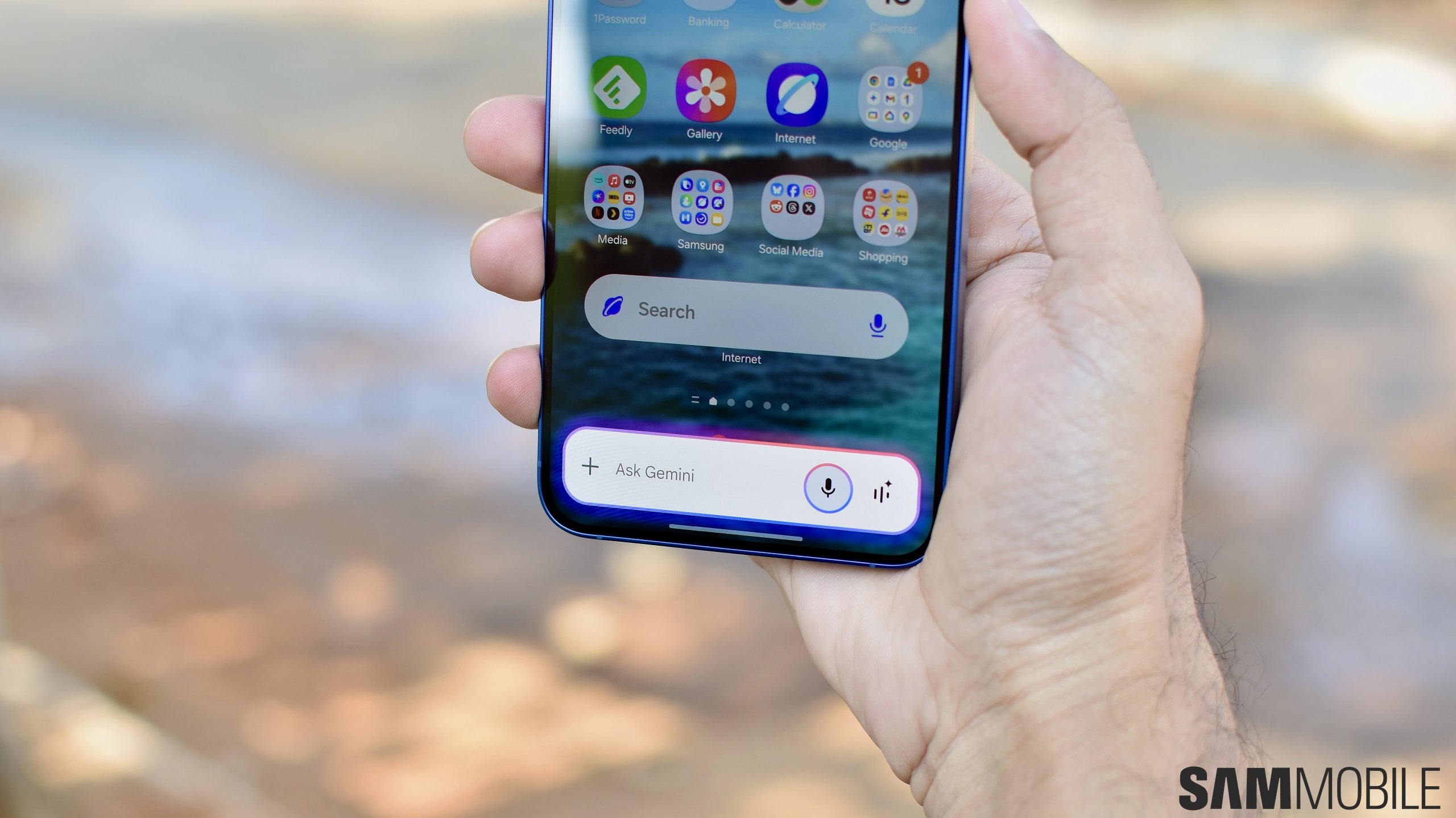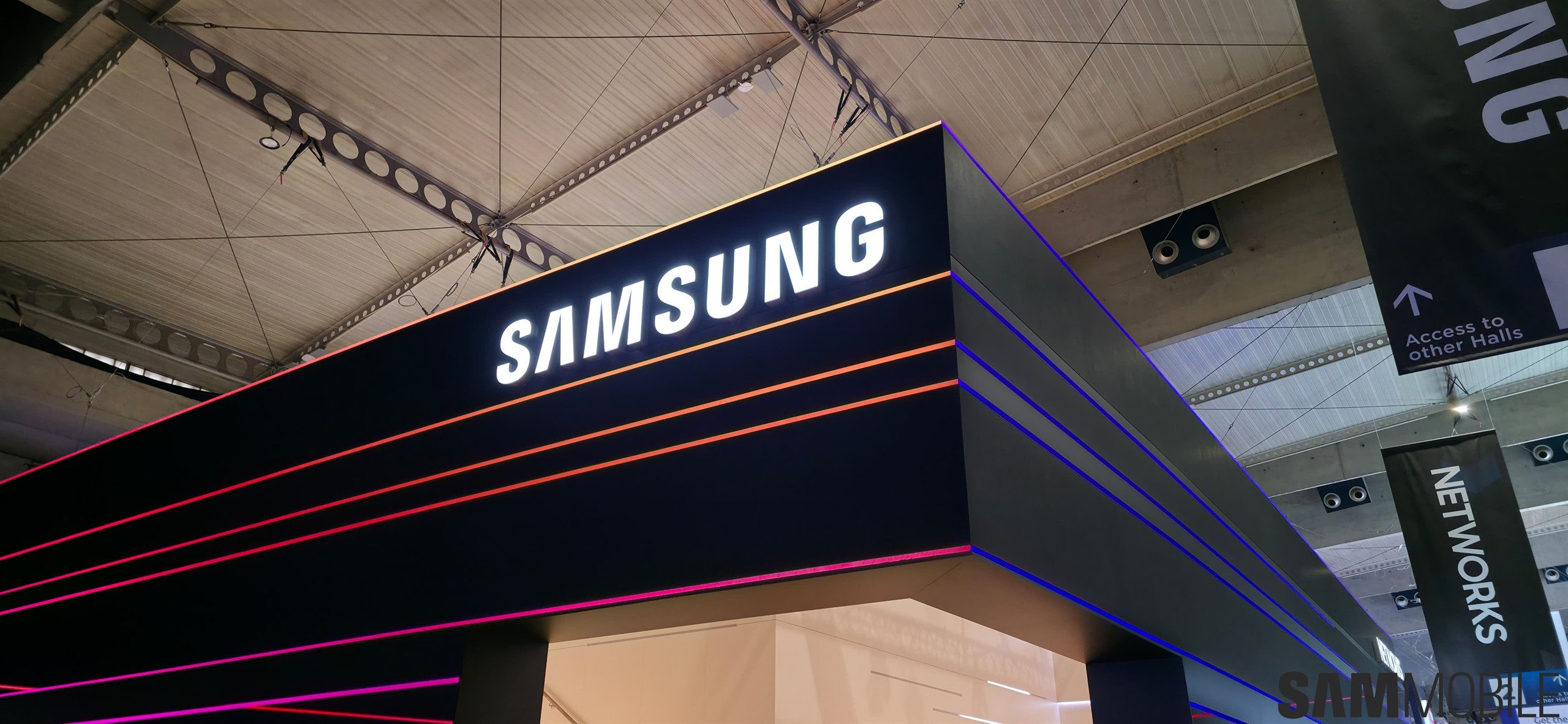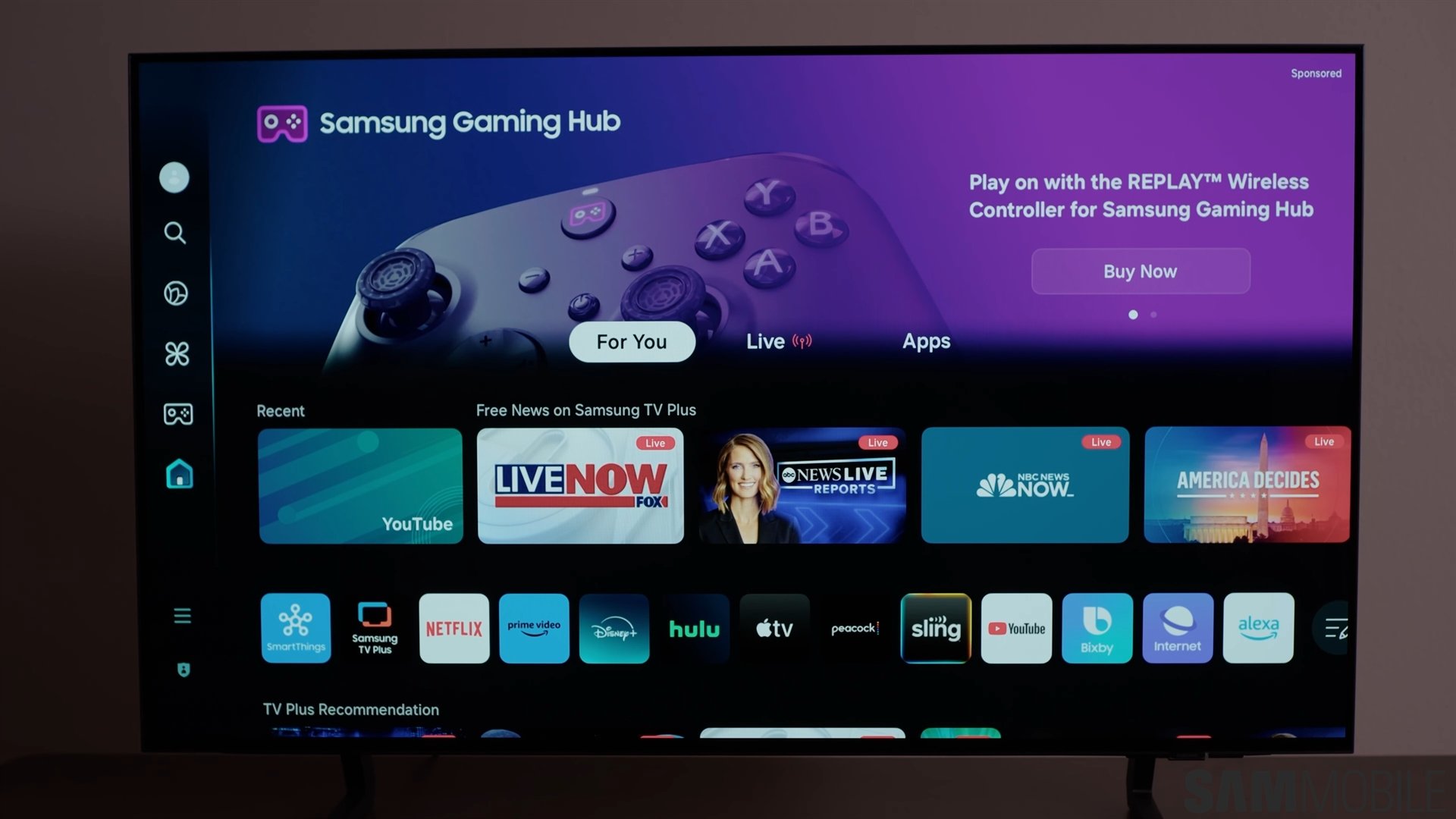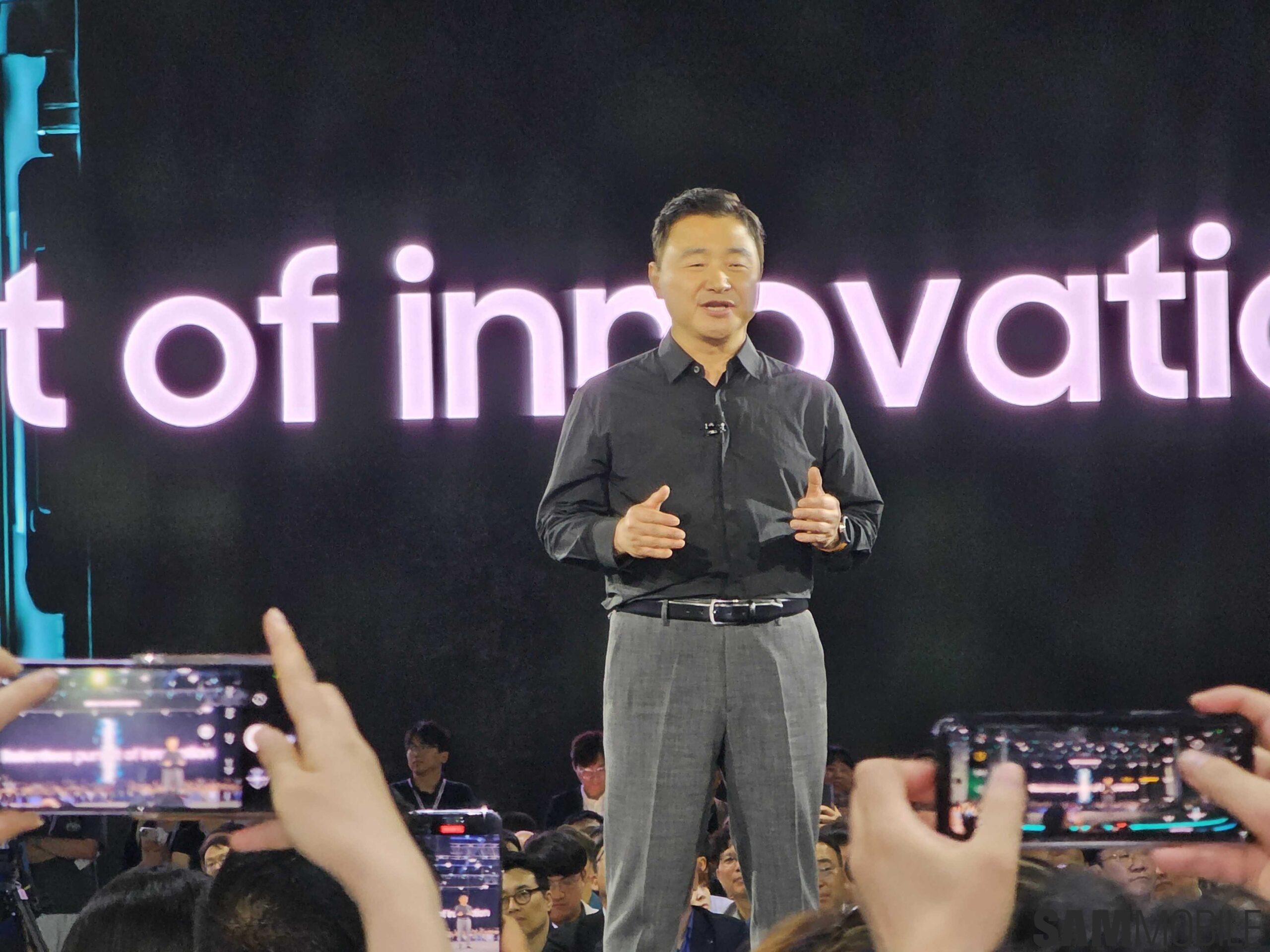
The Galaxy S23 series is a good example of this shift. It didn't get any significant hardware upgrades compared to the Galaxy S22 series. However, the Galaxy S23 is more optimized and the software experience is noticeably better. That can partly be attributed to the Snapdragon chipset, but software optimization's role can't be ruled out. The way Samsung MX has aligned both of these components is commendable.
However, can it be said that it's approaching perfection? Not at this point in time but if the company keeps up this pace, we can reasonably expect Samsung MX to achieve the harmonious level of perfection between hardware and software that Apple best represents within the next two years.
This bodes well for Samsung's ecosystem. We're already seeing a big push from Samsung to expand its ecosystem. The Galaxy Foundation vision that Samsung MX has laid out this year is a step in that direction. For that, Samsung rightly deserves praise, and kudos to the division's boss TM Roh for spearheading this shift. We asked Roh about this shift during the media interaction at Unpacked last month and his vision speaks for itself.
Even though Samsung MX's ecosystem improves, there still remains a gap between MX and the other divisions under Samsung Electronics. One can even argue that this gap is only getting wider. For example, Samsung MX had a minor collaboration with the appliances division last year by bringing the Bespoke Line customization options, first introduced with the company's home appliances, to Galaxy devices. Customers could choose custom colors for their phones. However, that collaboration seems to have been scrapped. There's no Bespoke Edition for this year's Galaxy Z Flip 5.
This is why I worry about where things are going. Where's the long-term vision? In the context of collaboration between Samsung MX and others in Samsung Electronics, it seems to be lacking. So this is the beginning of a really long opinion where we take a look at what's lacking and how might this be improved going forward.
To create a comprehensive ecosystem, Samsung MX has to shun compartmentalization and break down the walls quickly. It does seem that TM Roh understands that this needs to be done to save Samsung's ecosystem, which is why the responsibility falls on him even more to execute this.
He needs to share his vision with Samsung Electronics and form a consensus on it with all of the different stakeholders so that everyone is in pursuit of the same goal. MX can be the driving force behind it because not only does it have considerable brand equity with the older generation but it's also actively bringing in Gen Z into the Samsung ecosystem. The question then becomes, how can this be achieved?
For starters, Samsung MX should be defining the software experience of every consumer product from Samsung that has a display. This would ensure that there's a consistent UI and software experience across all products, including consumer electronics. All of these products should adopt One UI to ensure UX consistency. It may require Samsung to finally drop Tizen from its smart TVs and connected fridges. Let all of it be powered by Android so that Samsung MX can achieve better interoperability with its mobile devices.
The Galaxy lineup should also be treated as a gateway to Samsung's ecosystem, actively encouraging customers who've bought their first Galaxy phone to buy other Samsung products such as home appliances. This may require segmenting those products by hardware, creating more distinct product categories that better align with the differentiation we see in its mobile products. That would likely raise costs for the company but when you think about it, customers tend to use appliances for far longer than they use phones.
For example, a customer may change their smartphones thrice in three years but may not change their television even once during that period. If more high-end technology is incorporated in these products, it would ensure seamless interoperability where customers don't feel that one Samsung device is much slower than the other. So even if a customer upgrades to a newer phone every year, they wouldn't feel that their appliances are unable to keep up.
Improving software support across the entire ecosystem will also contribute significantly to its success. While MX pushes the boundaries on software every year, the other divisions lag behind, so new software features take a while to arrive on televisions and other smart appliances. A lot more could be done to harmonize the UX across the entire family. This means that when a new major One UI upgrade is released, visual elements such as new icons should be instantly updated across all Samsung products, so that customers don't have one UX on their phones but another on their smart TV, because that ultimately makes the ecosystem feel haphazard and unrefined.
Lastly, this harmonized software support for appliances should be longstanding. If they remain in good condition, people generally don't tend to change their refrigerators for even 10 years or more. So a consistent UX experience must be ensured across the entire ecosystem for as long as possible.
This was the first part of a series of opinions about how Samsung MX and the other divisions can work together to remove the inconsistencies in the ecosystem. If Roh is unable to get Samsung Electronics behind this idea as a team, we feel that it would be very damaging for Samsung's ecosystem. Next week, we'll take a look at how Samsung MX can share the spotlight with other divisions for more effective advancement of the ecosystem.












